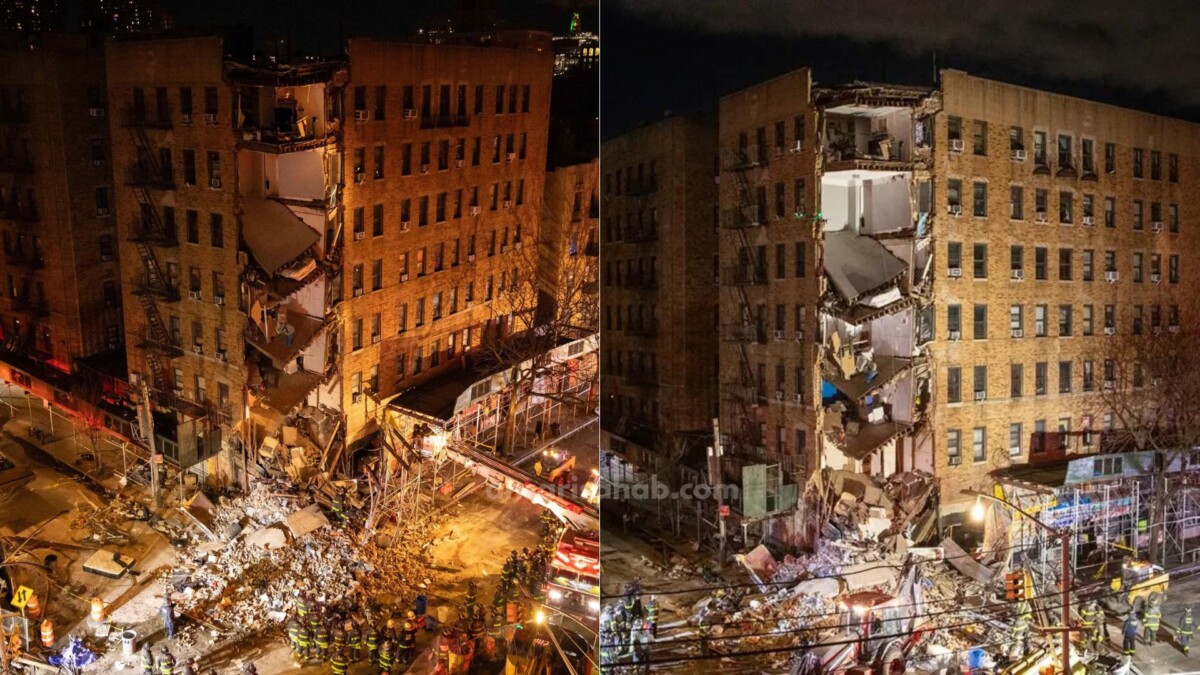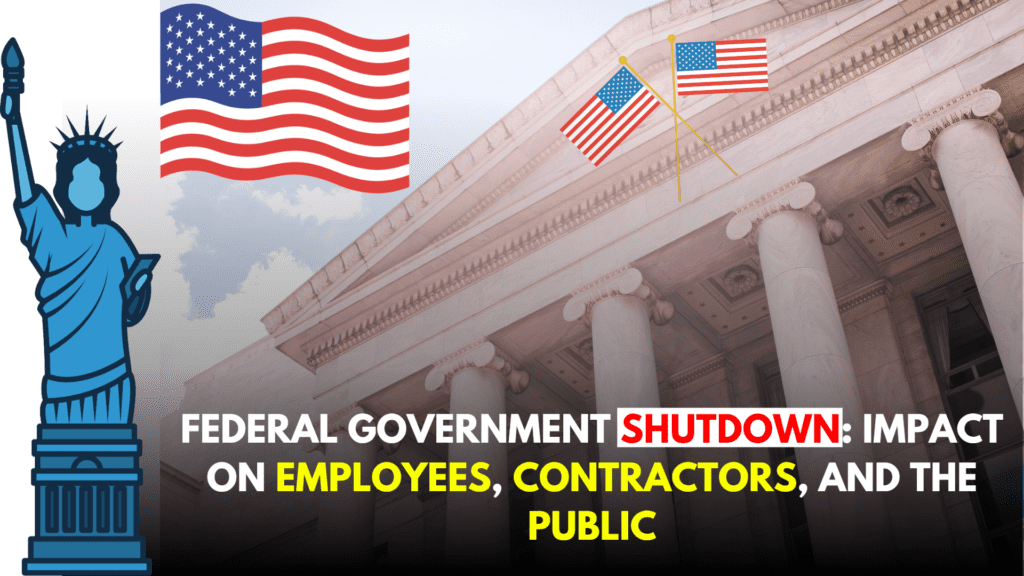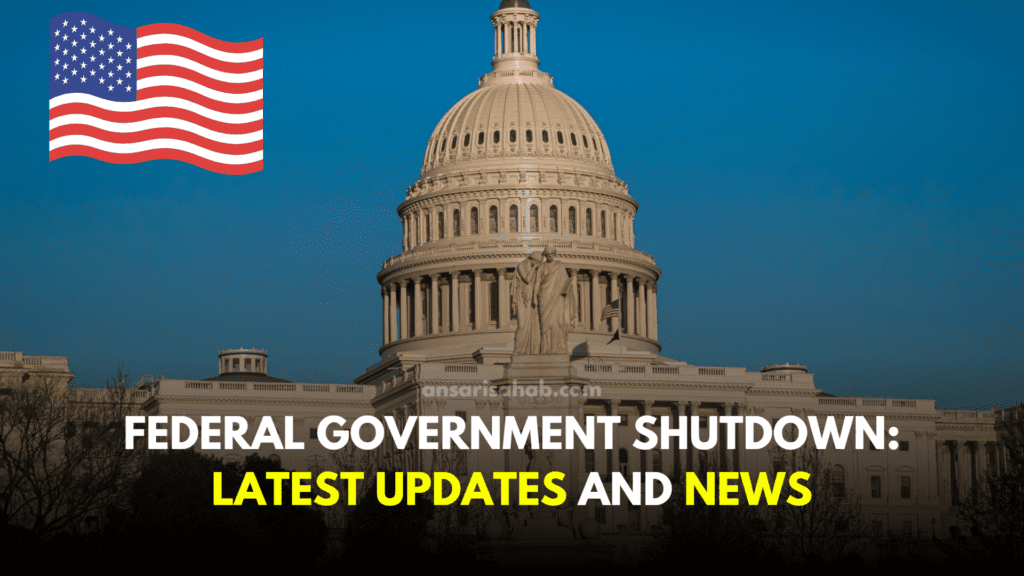
The Bronx building collapse on December 12, 2023, at 1915 Billingsley Terrace in Morris Heights, New York, has left a lasting impact on the community, revealing a distressing reality of aging infrastructure, neglect, and lax building code enforcement. While fortunate to have avoided fatalities, the incident has displaced 136 individuals and triggered a series of investigations, exposing a web of negligence that demands immediate attention.
The Collapse and Neglect:
The collapse unfolded at 3:30 p.m., prompting chaos as residents rushed to safety. Thankfully, no lives were lost, but 37 families faced displacement. City records unveiled a troubling pattern of neglect, with over 100 violations cited in recent years, ranging from faulty wiring to unsafe facades. The building owner, Yona Roth, now faces a criminal investigation for alleged negligence and violations of building codes.
The Investigation:
The Bronx District Attorney’s office is scrutinizing Roth’s role in the collapse, while the Department of Buildings faces criticism for inadequate oversight. The investigation is pivotal in uncovering the systemic issues that led to the tragedy, including the slow response to code violations, especially in older and low-income neighborhoods.
A Broader Infrastructure Crisis:
The Bronx incident sheds light on a nationwide crisis: aging infrastructure on the brink of collapse. Neglect and underinvestment have rendered buildings vulnerable, necessitating urgent action. The collapse serves as a wake-up call for increased funding for repairs, stringent code enforcement, and proactive inspections.
Moving Forward: Preventing Future Tragedies
- Increased Funding for Infrastructure: Allocate substantial resources to repair and maintain aging infrastructure, addressing not only buildings but also bridges and roads.
- Improved Building Code Enforcement: Strengthen and rigorously enforce building codes, implementing stricter penalties for violations to ensure compliance.
- Enhanced Inspection Procedures: Conduct regular and thorough inspections, prioritizing buildings with outstanding violations or known safety concerns.
- Tenant Protections: Empower tenants by implementing measures that give them a voice in addressing safety issues and ensure their rights are protected.
- Community Involvement: Foster a safety culture within communities, educate residents about their rights and responsibilities, and encourage reporting of potential hazards.
Lessons Learned from Morris Heights:
The Bronx building collapse underscores the critical need to prioritize public safety and invest in our infrastructure. It serves as a stark reminder that neglecting these aspects can have devastating consequences. The tragedy must prompt a collective effort from government officials, building owners, tenants, and community members to prevent similar incidents.
The Human Impact:
Beyond the investigations and structural assessments lies the human toll of the tragedy. Many residents have lost their homes, belongings, and sense of security. The community must come together to support those affected, offering temporary housing, food, and emotional assistance to help them rebuild their lives.
Addressing Aging Infrastructure Nationally:
The Bronx collapse is not an isolated event but rather symptomatic of a broader issue. Aging infrastructure is a nationwide concern, necessitating a comprehensive approach. Federal, state, and local governments must collaborate to develop and implement strategies that address the root causes of neglect and underinvestment.
Conclusion: A Call to Action
The Bronx building collapse serves as a poignant reminder that the safety of our communities should be paramount. It demands a multifaceted approach, combining increased funding, stricter enforcement, and community involvement to rebuild and secure our aging infrastructure. By learning from this tragedy and implementing proactive measures, we can work towards a future where such incidents are prevented, and every individual has access to safe and secure housing.








